Top Government Schemes Supporting Pediatric Orthopedic Care
Pediatric orthopedic conditions, such as congenital deformities and bone disorders, require specialized medical care. To support families in need, the Indian government has introduced various healthcare schemes that provide financial assistance and access to quality treatment. Here are some of the key government schemes that help children receive the orthopedic care they need. 1. Rashtriya Bal Swasthya Karyakram (RBSK) Focuses on early identification and intervention for children with birth defects, developmental delays, and orthopedic disabilities. Provides free surgeries and treatment at government-recognized healthcare facilities. 2. Ayushman Bharat – Pradhan Mantri Jan Arogya Yojana (PMJAY) Offers health coverage of up to ₹5 lakh per family per year for secondary and tertiary care. Covers pediatric orthopedic procedures, including surgeries for clubfoot, limb deformities, and fractures. 3. Assistance to Disabled Persons for Purchase/Fitting of Aids and Appliances (ADIP) Scheme Provides free or subsidized orthopedic aids such as braces, calipers, and prosthetics for children with limb deformities. Aims to improve mobility and independence among children with physical disabilities. 4. National Child Health Program (NCHP) Supports the early diagnosis and treatment of pediatric orthopedic disorders. Offers financial assistance for corrective surgeries and rehabilitation services. 5. Central Government Health Scheme (CGHS) Available for government employees and their dependents. Covers orthopedic treatments, surgeries, and post-operative care at government and empaneled private hospitals. How to Apply for These Schemes? Parents can approach government hospitals, empaneled healthcare facilities, or local health authorities. Necessary documents include income proof, Aadhar card, medical records, and doctor’s recommendations. Conclusion The Indian government provides multiple healthcare schemes to ensure children receive the best possible orthopedic care without financial strain. Parents should explore these options and consult specialists to access these benefits. For expert pediatric orthopedic consultation, contact Dr. Nargesh Agrawal at 8851777145.













